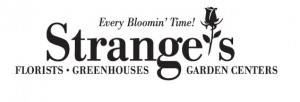Longtime patrons James W. and Frances Gibson McGlothlin have given their collection of 73 works to the Virginia Museum of Fine Arts for permanent installation in the McGlothlin American Art Galleries. The value of the McGlothlin Collection exceeds $200 million and will open to the public on November 24.
“We originally intended to give these paintings to VMFA after our lifetime,” Jim McGlothlin said, “but we’ve recently decided it’s more important for them to reach the hundreds of thousands of patrons who visit the museum. We would rather share in the public’s enjoyment of these works, and hope visitors receive as much pleasure from them as we have.”
VMFA Director Alex Nyerges said: “The McGlothlins’ unexpected gift is a magnanimous gesture of national importance. These works greatly strengthen our American collection with 12 artworks by John Singer Sargent, five new Bellows and 56 additional major works for visitors to enjoy.
“We are indebted to the McGlothlin family for endowing Virginians with their great collection.”
Twenty of these works have not been exhibited at VMFA before and the breadth of the new collection will add appreciably to VMFA’s American holdings. Spanning the formative century from 1830 to 1930, from the Hudson River School to Modernism, it is one of the most important collections of historic American art in private hands and will contribute significant depth to VMFA’s collection from this period, said Susan J. Rawles, PhD, VMFA’s associate curator of American painting and decorative art. Renowned artists include Childe Hassam, John Singer Sargent, George Bellows, James A.M. Whistler, and Mary Cassatt, among others.
Such a historically representative and significant collection of American art has not been gifted to a North American museum in more than 30 years. In 1985, David and Eula Wintermann gave more than 50 American paintings dating from 1880 to 1925 to the Museum of Fine Arts, Houston, providing a foundation for the development of that collection.
“The addition of the McGlothlin Collection anticipates the strong future trajectory of American Art at VMFA,” Rawles said, “complementing our current holdings of approximately 2,000 works.”
The expansive historic scope of the McGlothlin collection will be reflected in the installation, where visitors will encounter broad themes, including Westward the Course of Empire: American Landscape, The Gilded Age of Realism and Impressionism, and All That Glitters Is Not Gold: Modernism.
History of the McGlothlin Collection
Virginia-born James W. and Frances Gibson McGlothlin began acquiring works in 1996 and quickly established themselves among a small circle collecting American art at the highest level. Guided by their own sense of a work’s intrinsic beauty, they made strategic acquisitions, resulting in a collection that has grown to represent the major currents of mid-19th- to mid-20th-century American art. The first exhibition of their work at VMFA was Capturing Beauty: American Impressionist and Realist Paintings from the McGlothlin Collection in 2005. During the same year, the McGlothlins promised to bequeath their collection to VMFA. In addition, they made a $30 million gift toward the museum’s 2010 expansion. The result is the 165,000-square-foot James W. and Frances G. McGlothlin Wing.
In anticipation of the McGlothlin wing opening and the publication of the accompanying American collection catalogue, the McGlothlins made their first outright gift of art – William Merritt Chase’s Wounded Poacher (1878). A second exhibition of more than 70 works from their collection, Private Passion, Public Promise: The James W. and Frances G. McGlothlin Collection of American Art, coincided with the museum’s reopening. In December 2014, they made a second gift of art to VMFA, John Singer Sargent’s The Rialto (1909).
About the McGlothlin family
Jim McGlothlin is chairman, CEO, and the sole owner of The United Co., a 44-year-old Bristol, Va., company that sold its coal mine holdings for an estimated $1 billion in 2009 to the Ukrainian firm Metinvest. The company’s businesses interests — which over the years have included coal, steel, oil and natural gas, a cogeneration plant, roofing materials, and pharmaceuticals — now are focused on financial services and golf courses. Jim serves on the boards of the Virginia Museum of Fine Arts, the Mountain Mission School, and the PGA Tour. Jim is a current member of the VMFA Board of Trustees and serves on the Executive Committee. Fran McGlothlin served on the VMFA Board of Trustees from 1998-2008. While on the VMFA Board of Trustees Fran was a member of the Art Acquisitions Sub-Committee and the Director’s Search Committee in 2006. The couple has three children and six grandchildren.
About the Virginia Museum of Fine Arts
VMFA’s permanent collection encompasses more than 33,000 works of art spanning 5,000 years of world history. Its collections of Art Nouveau and Art Deco, English silver, Fabergé, and the art of South Asia are among the finest in the nation. With acclaimed holdings in American, British Sporting, Impressionist and Post-Impressionist, and Modern and Contemporary art – and additional strengths in African, Ancient, East Asian, and European – VMFA ranks as one of the top comprehensive art museums in the United States. Programs include educational activities and studio classes for all ages, plus lively after-hours events. VMFA’s Statewide Partnership program includes traveling exhibitions, artist and teacher workshops, and lectures across the Commonwealth. VMFA, a certified Virginia Green attraction, is open 365 days a year and general admission is always free.
 ____________________
____________________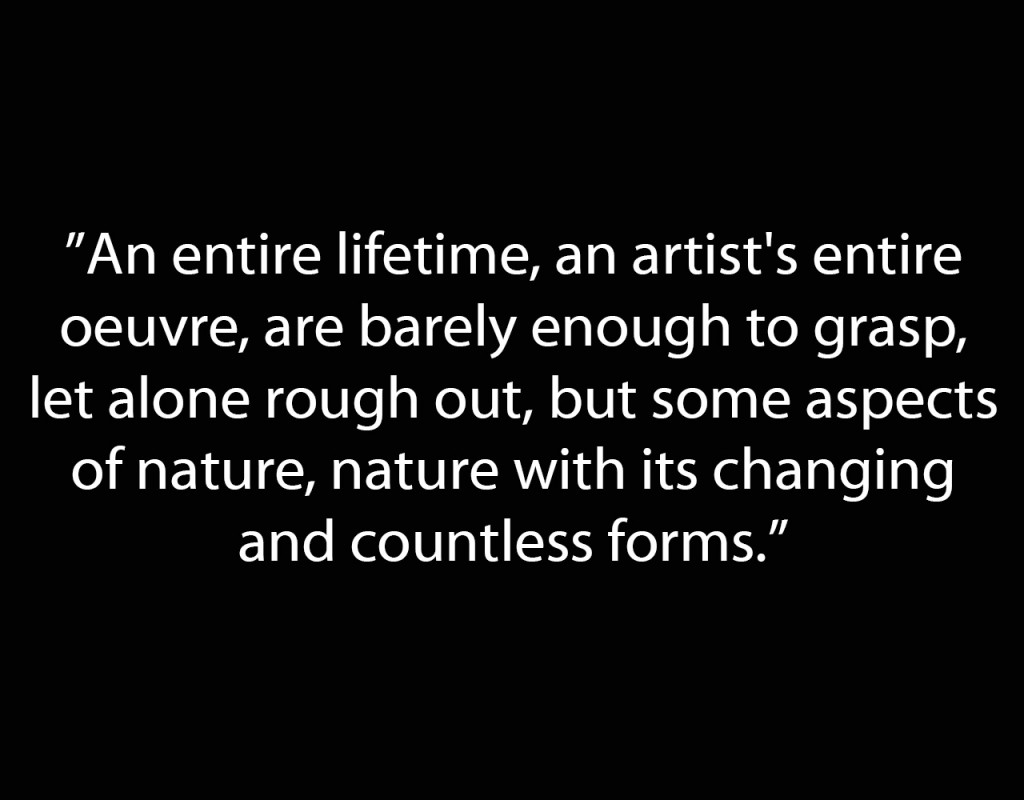
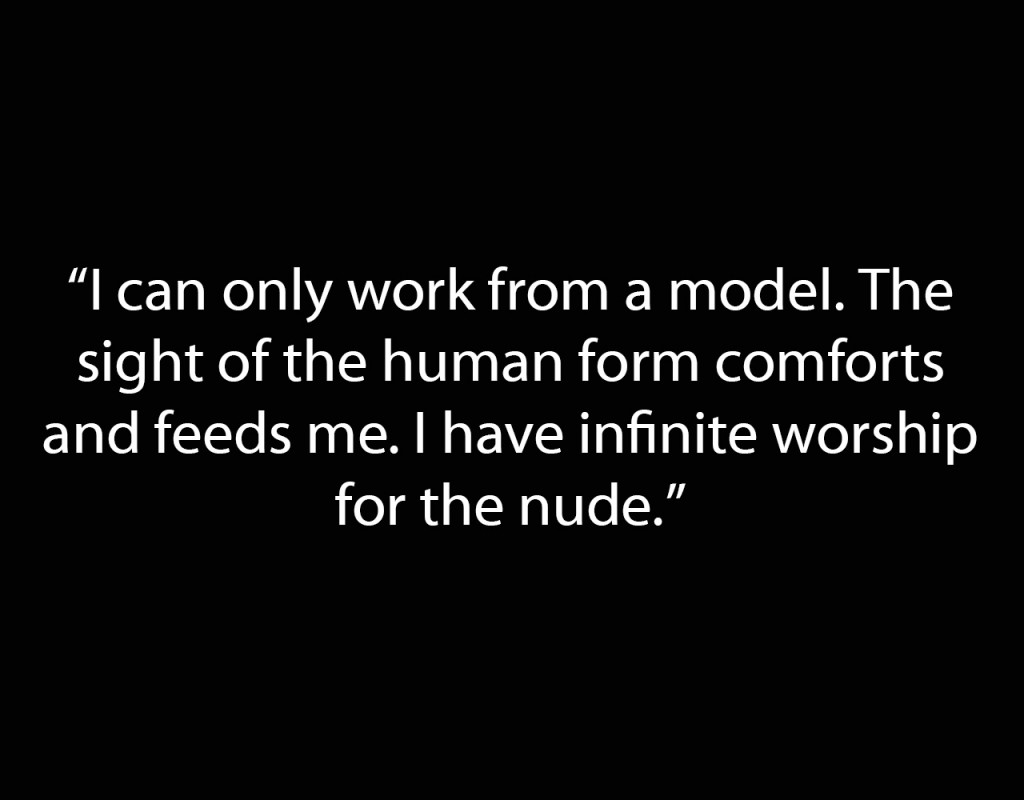

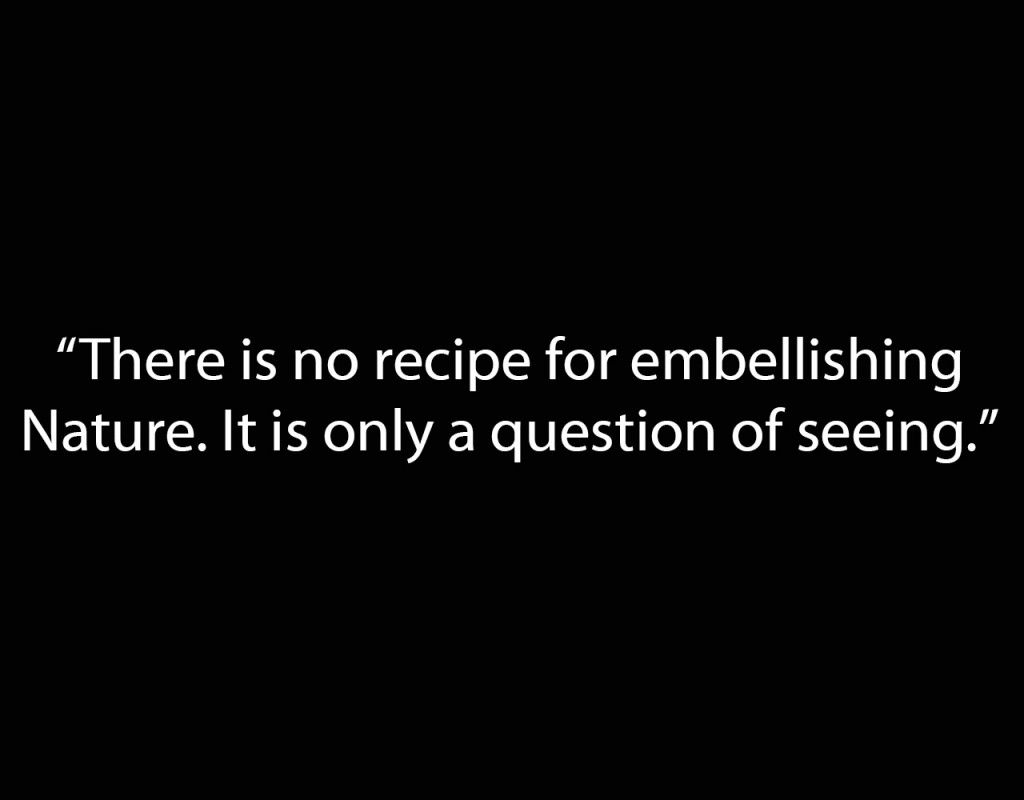
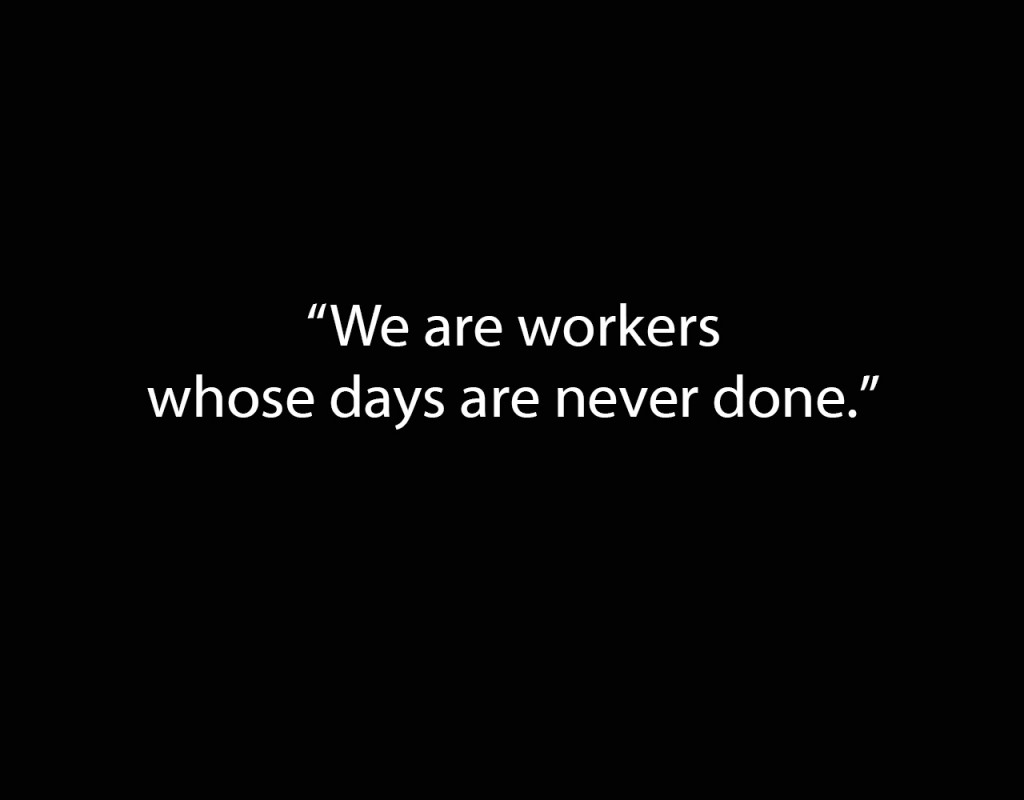
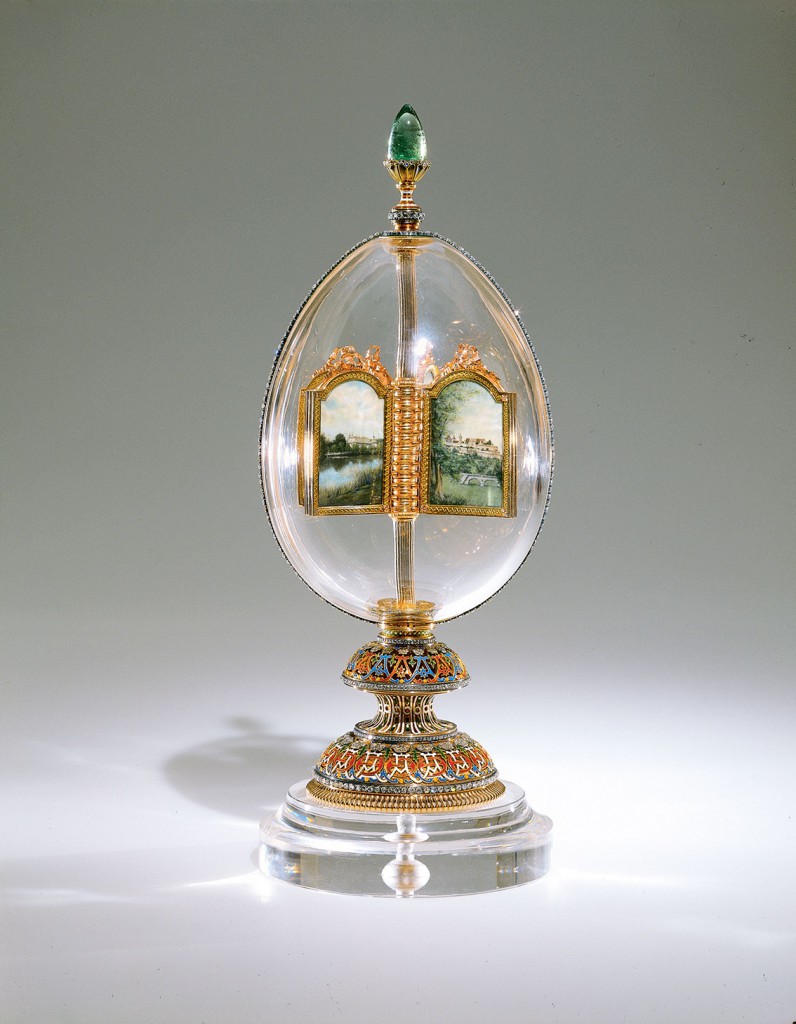
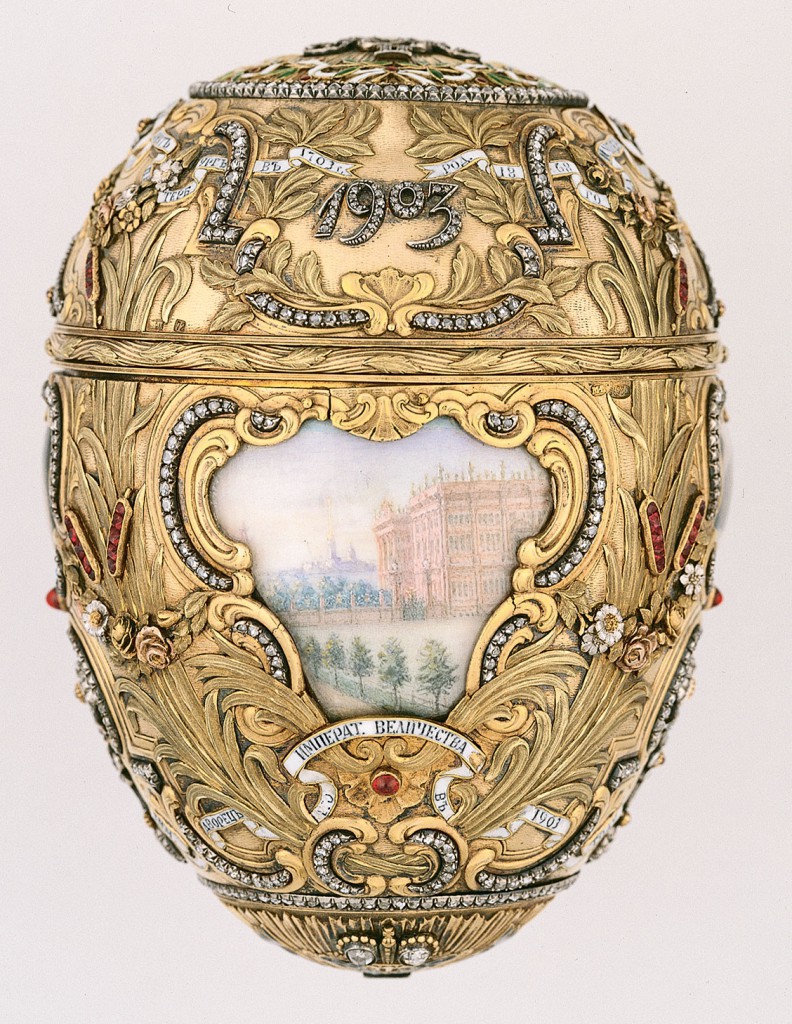
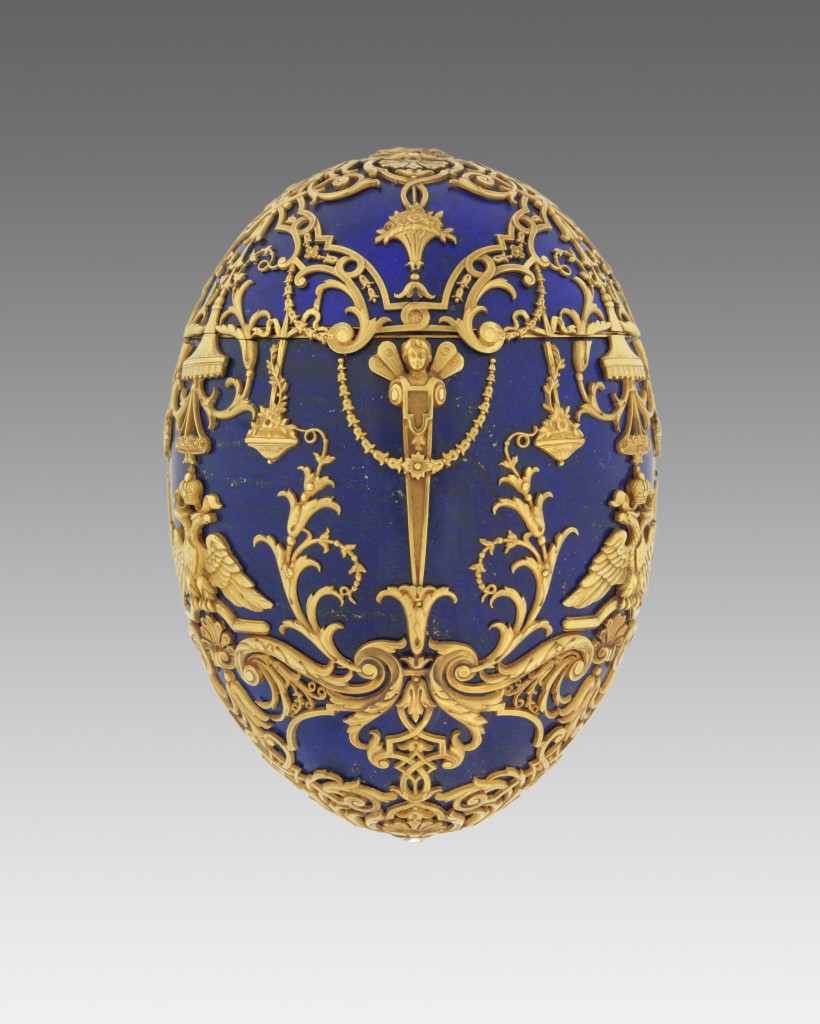
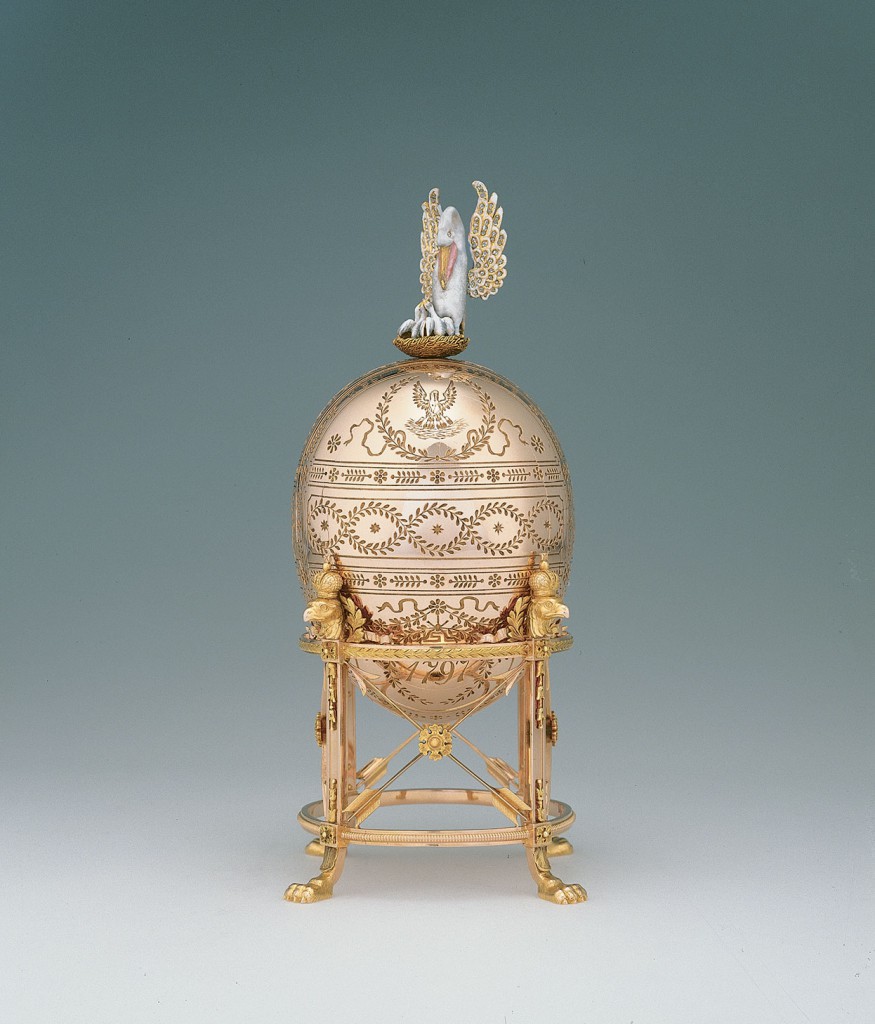
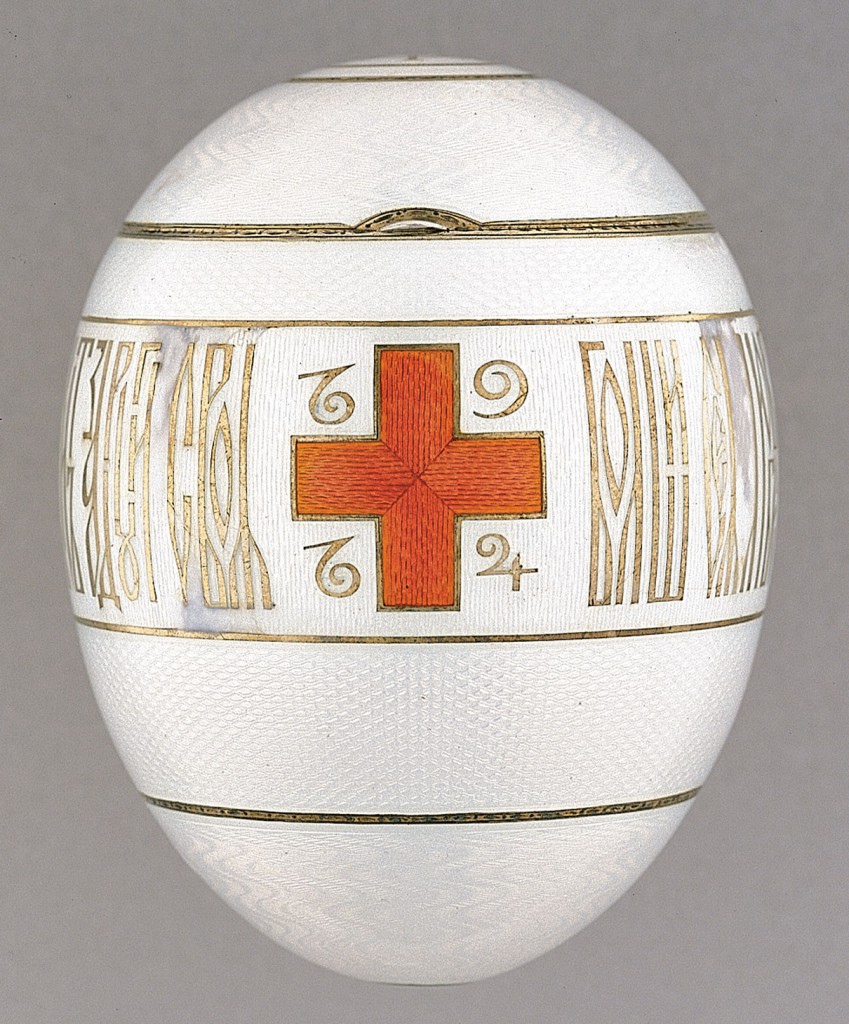
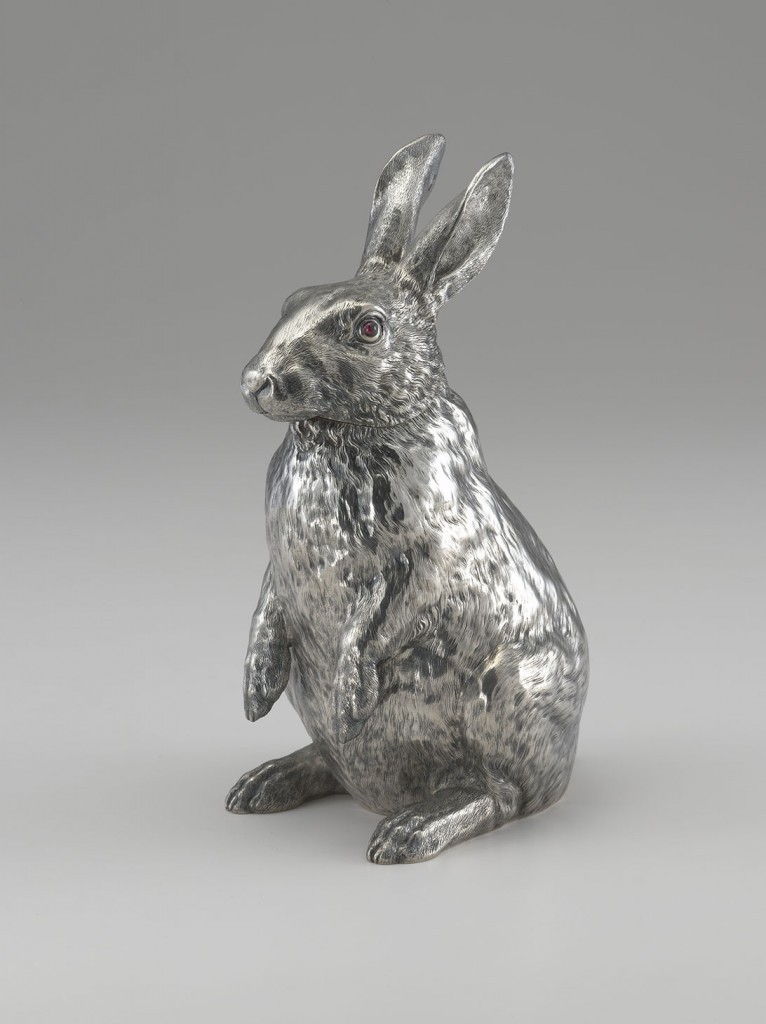
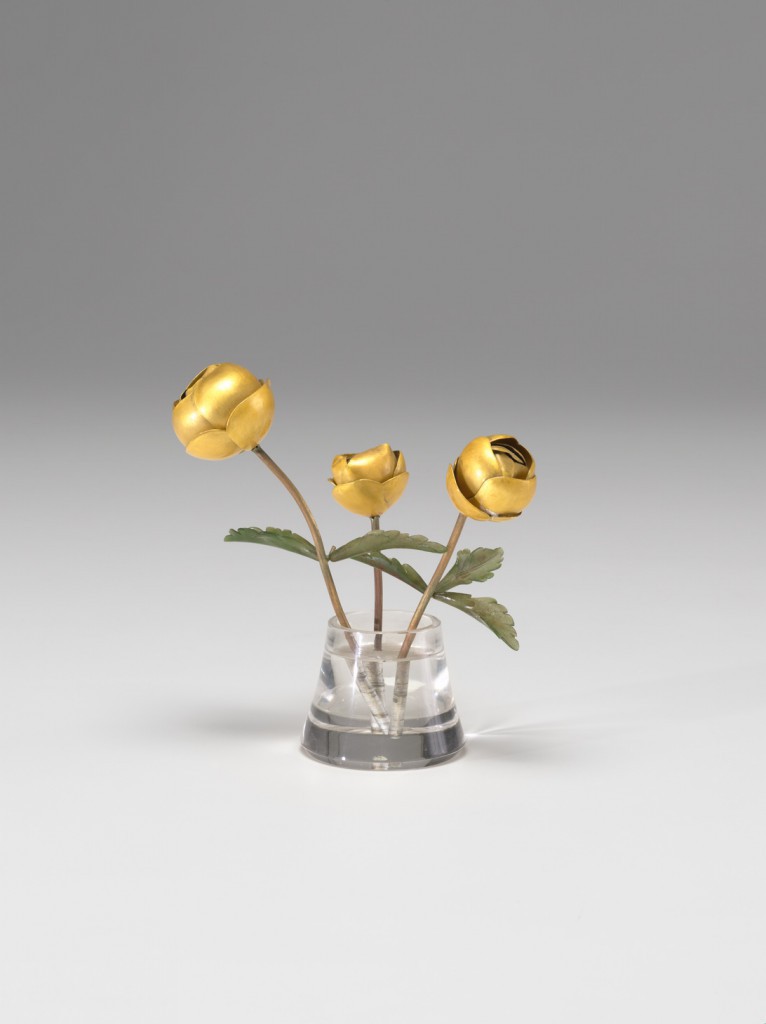
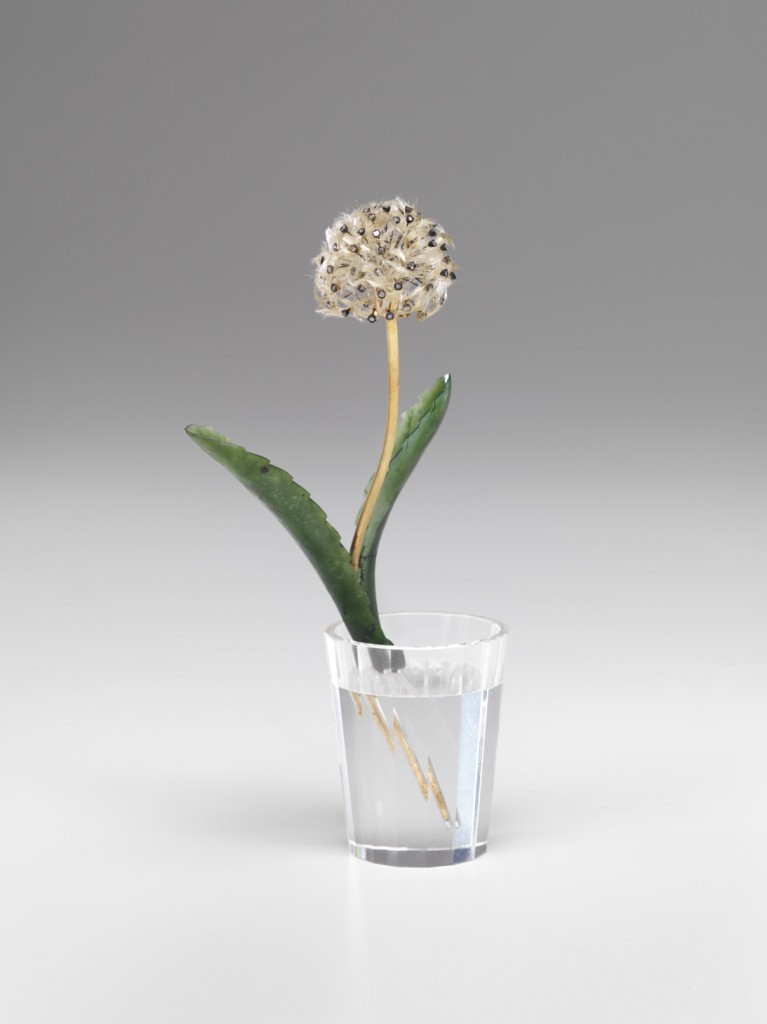
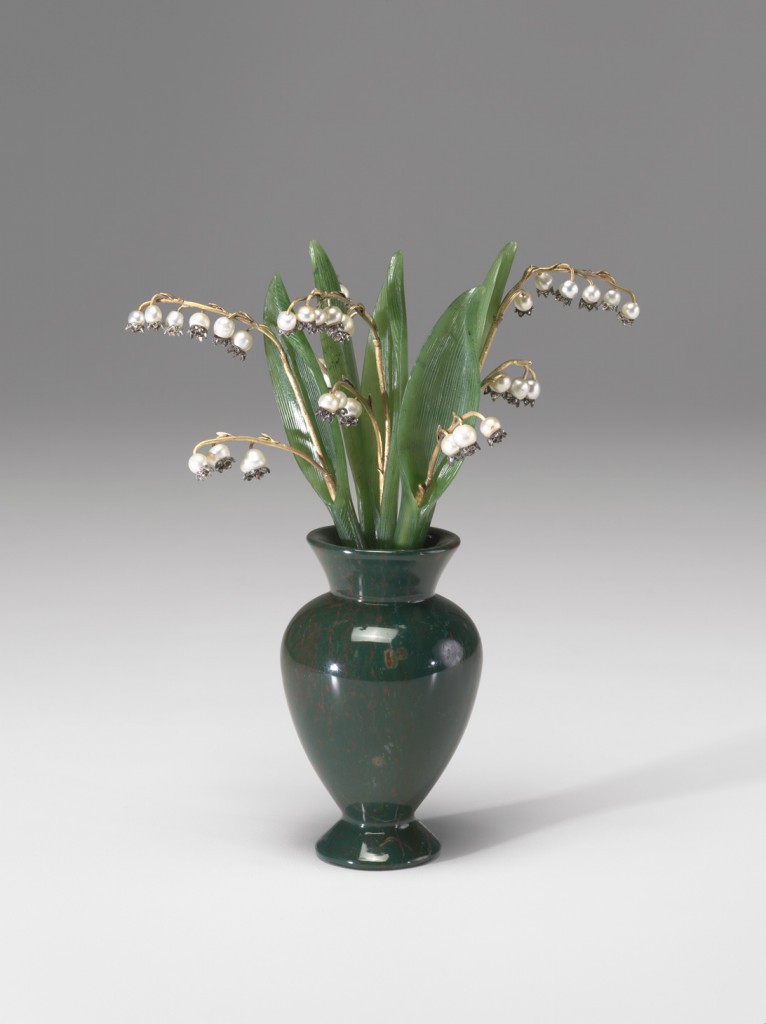
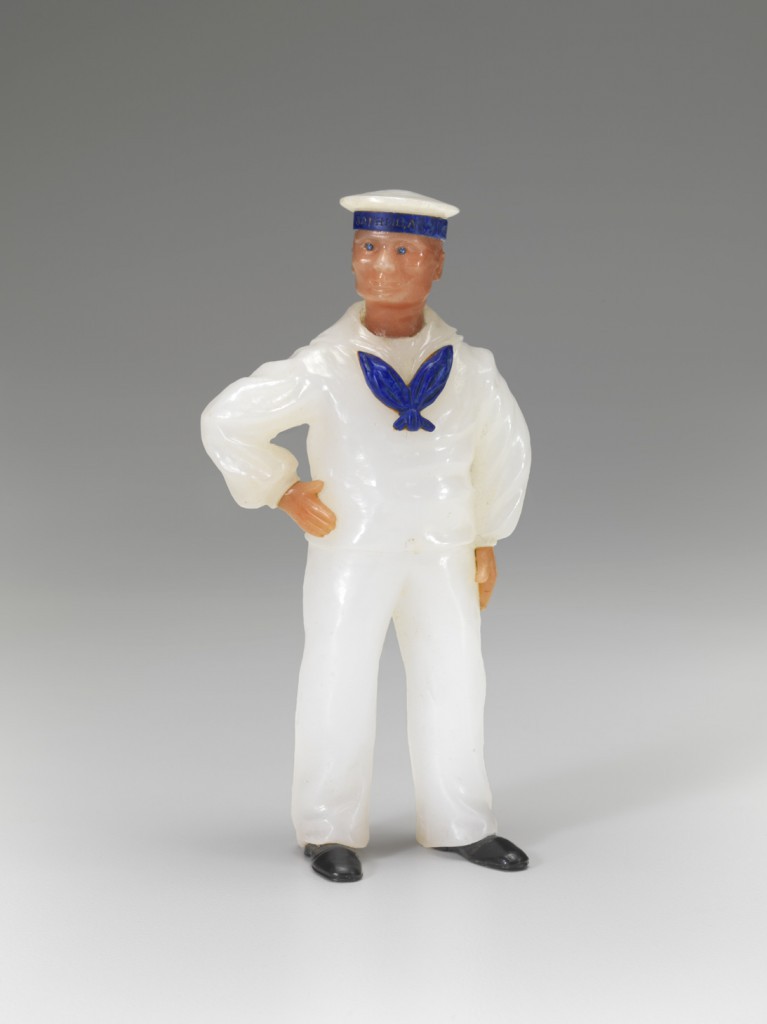
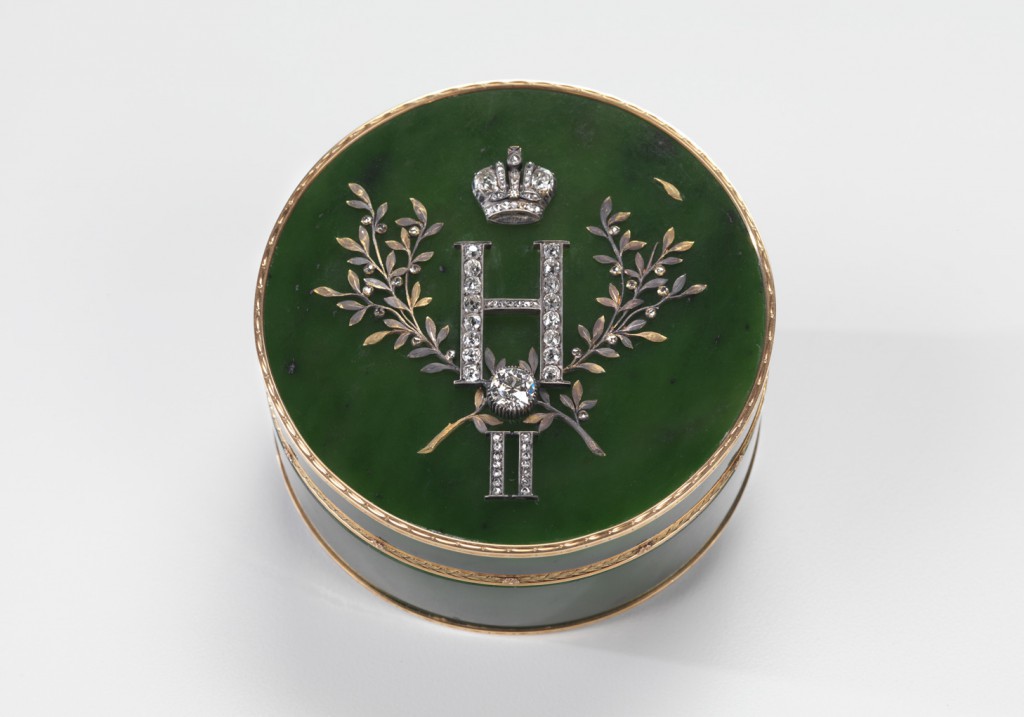
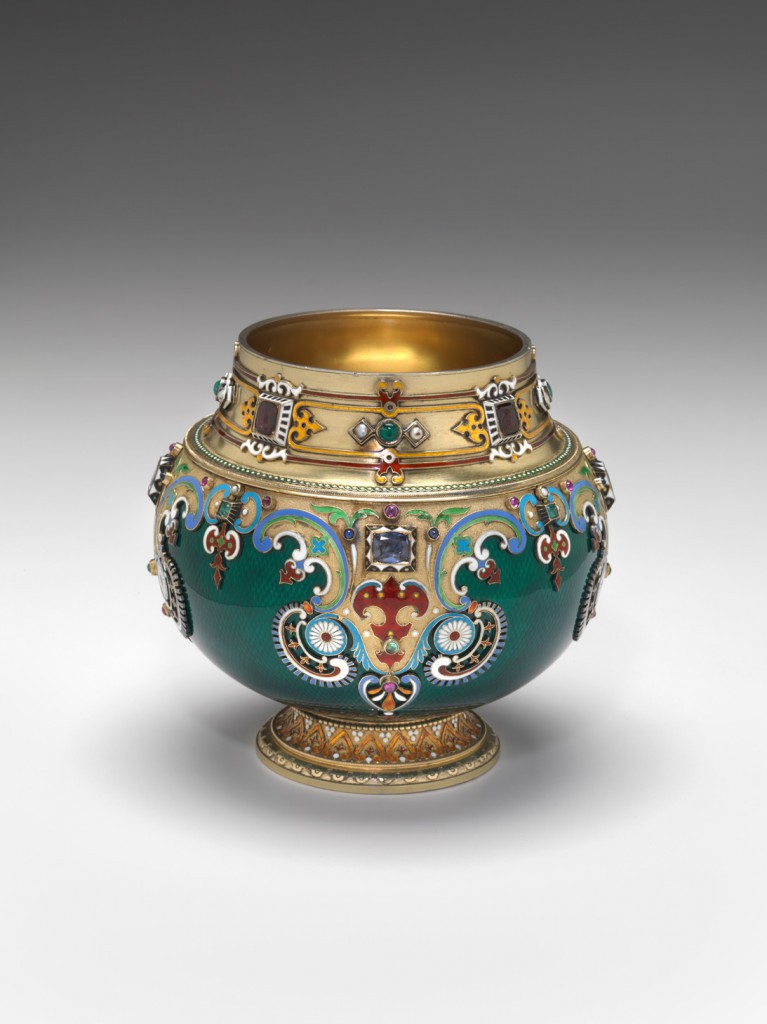
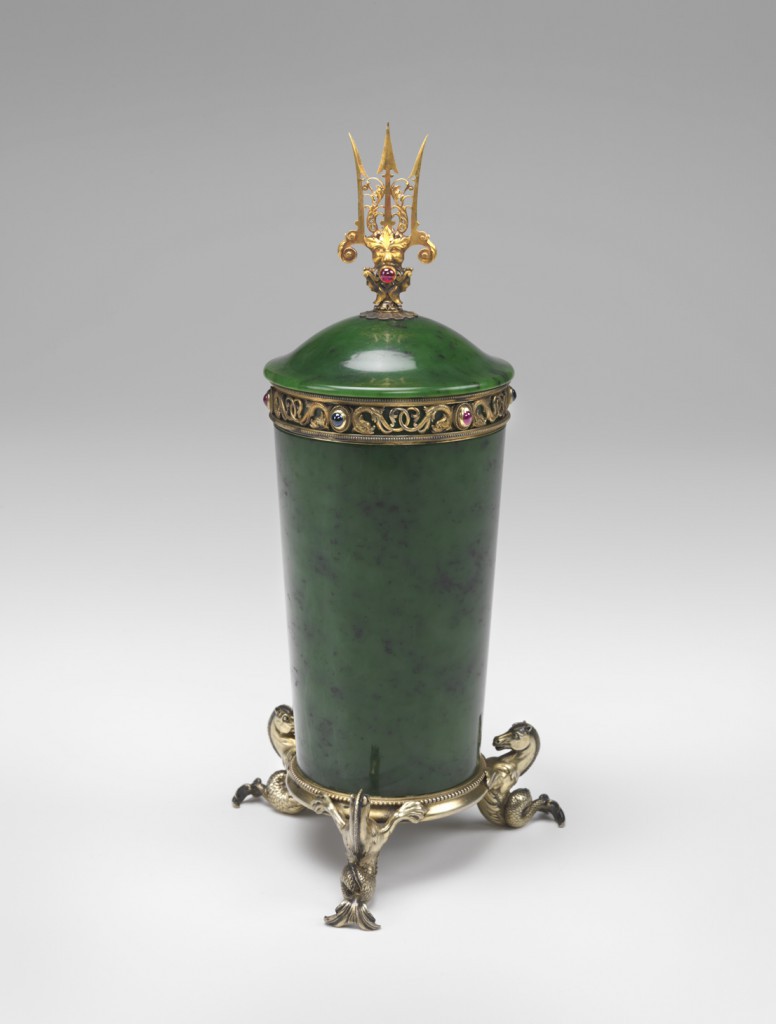
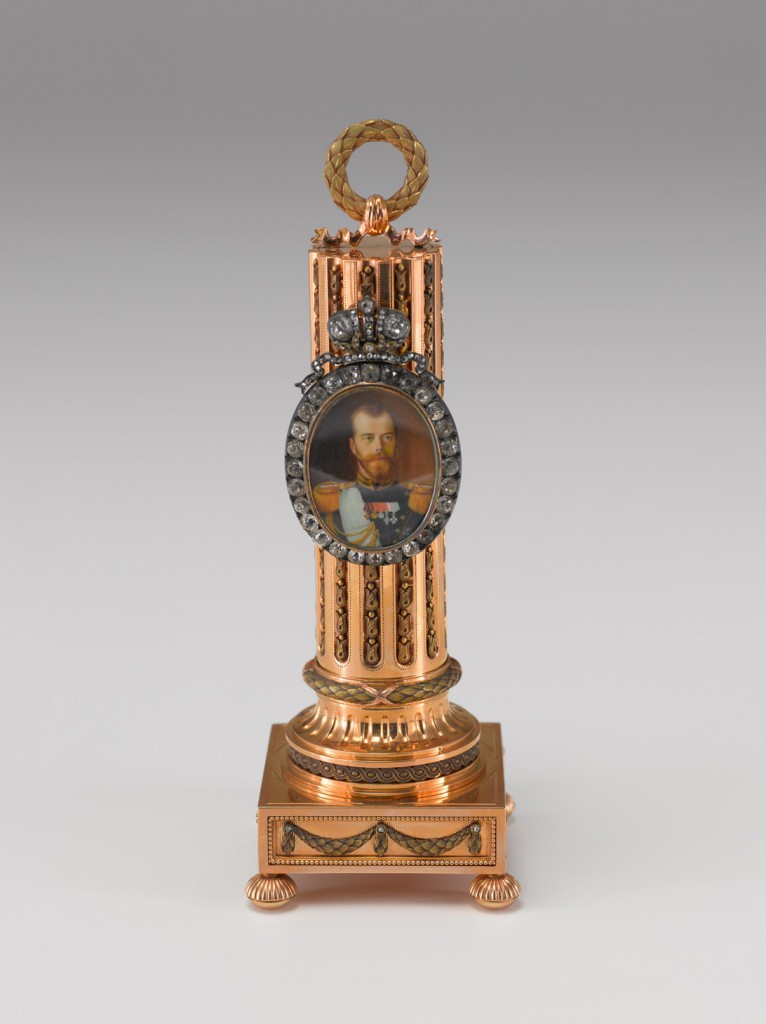
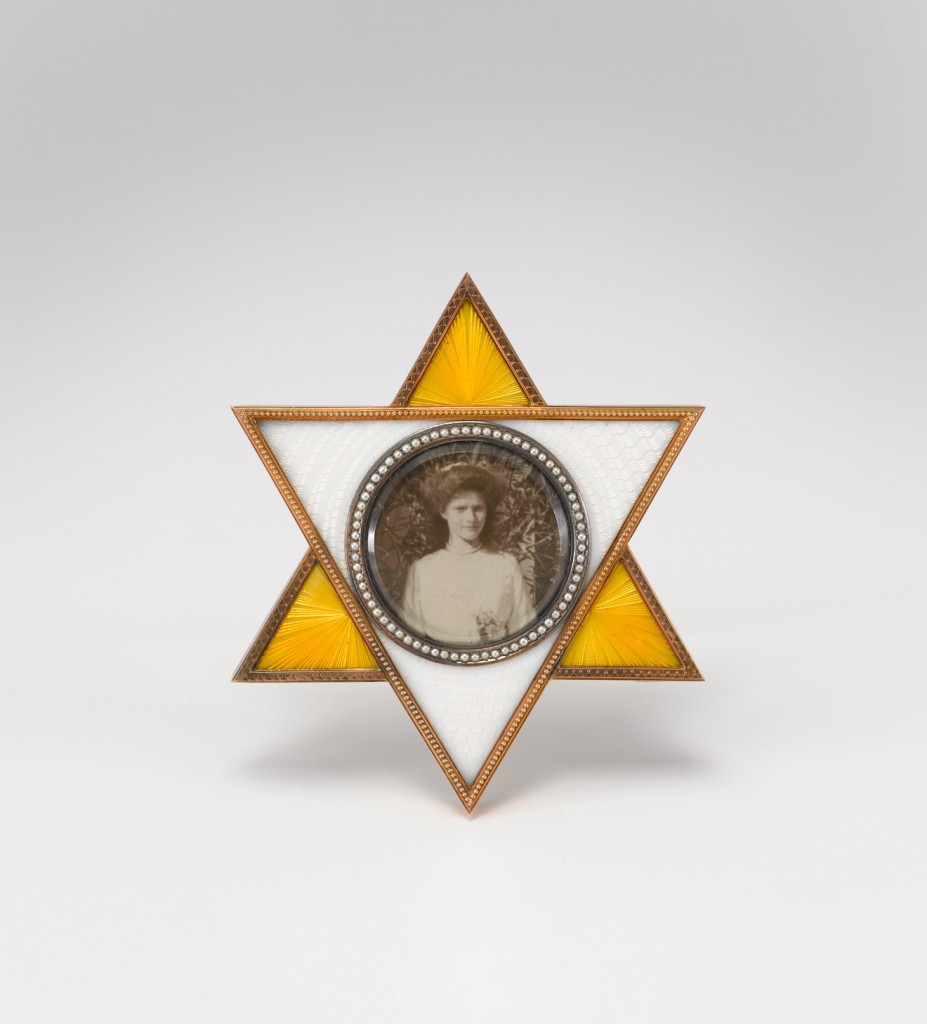
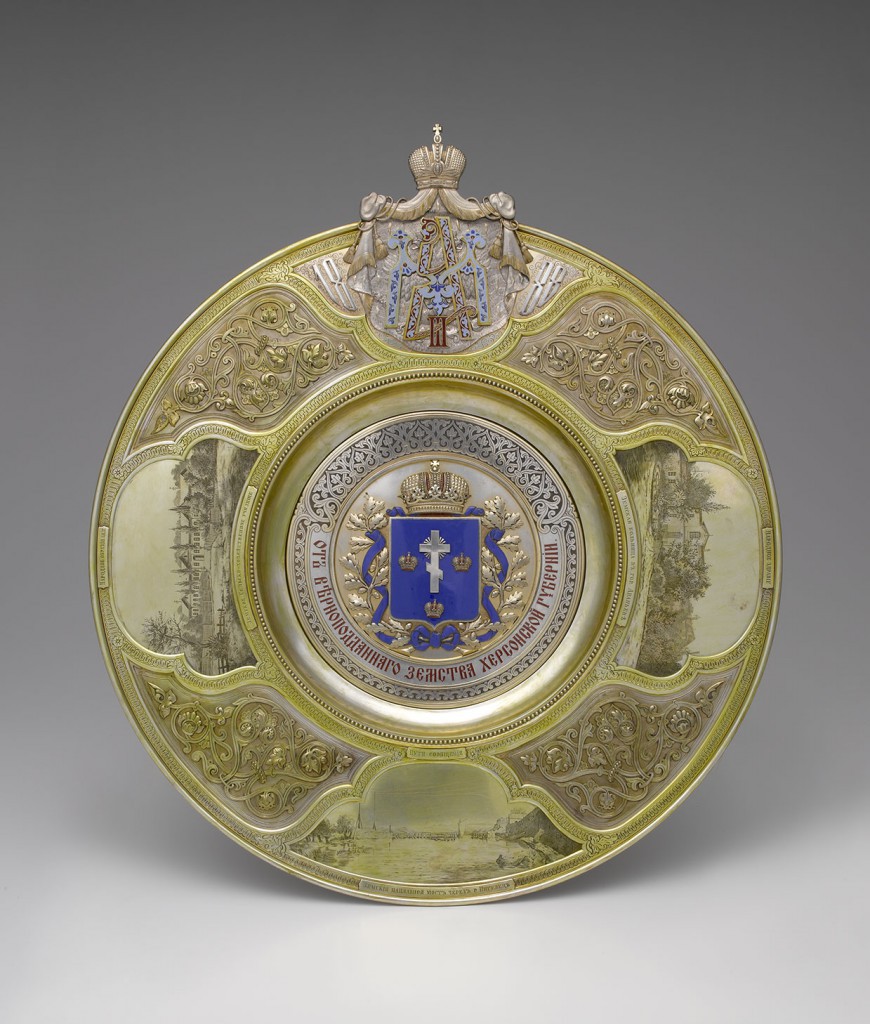
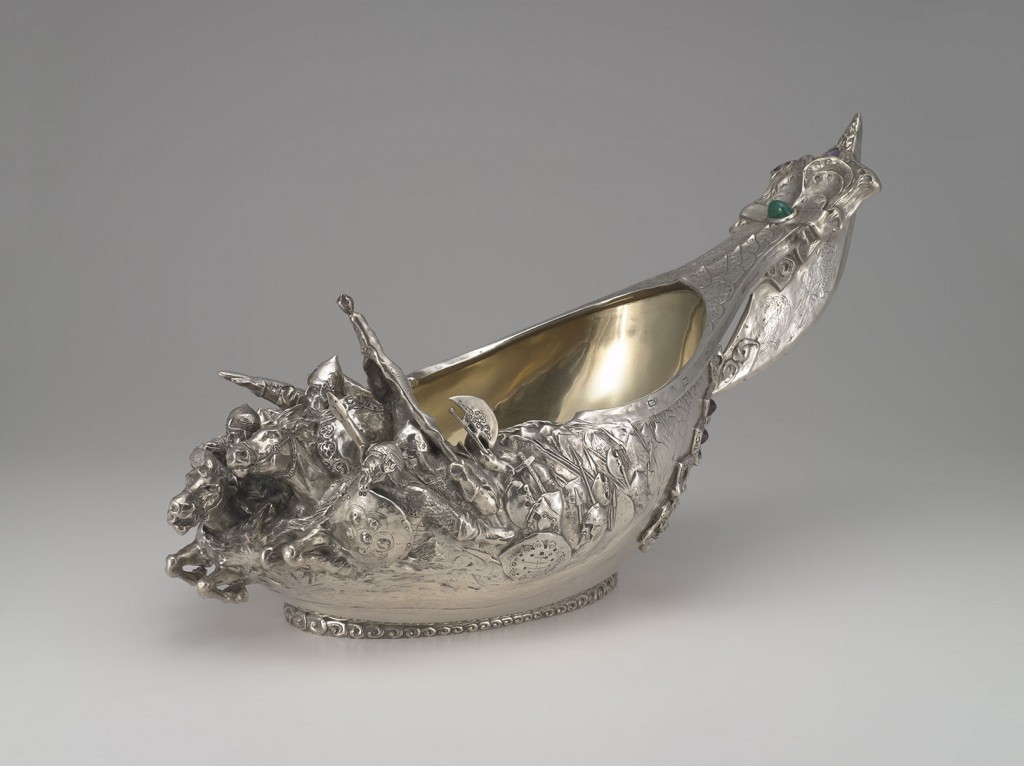
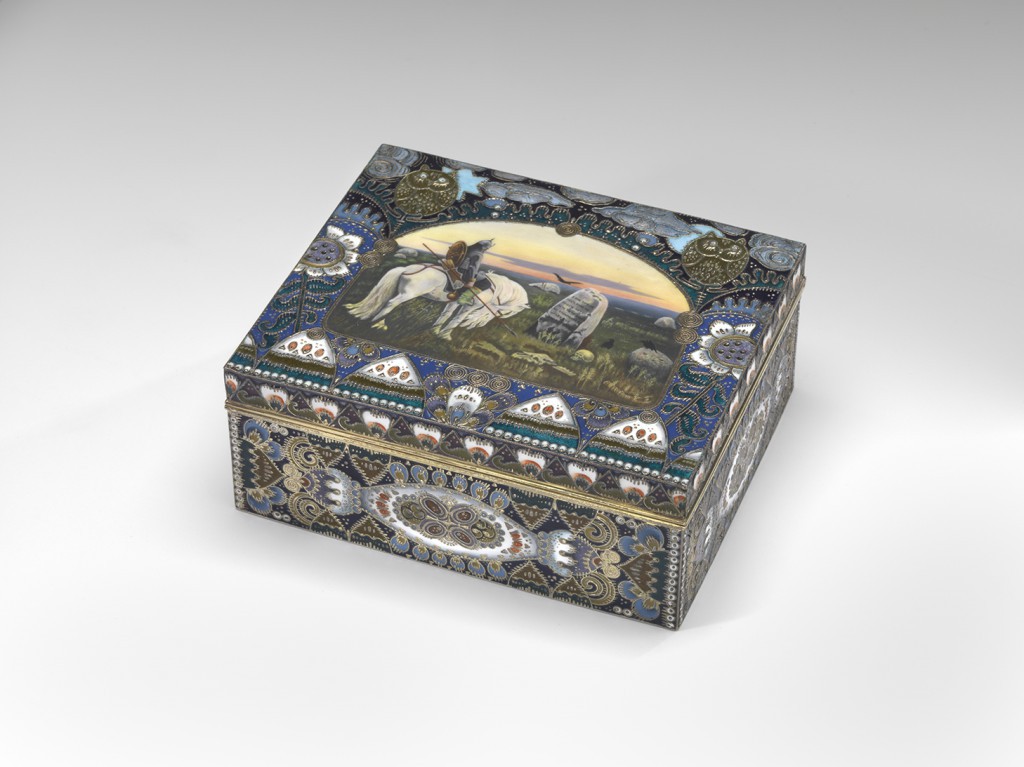
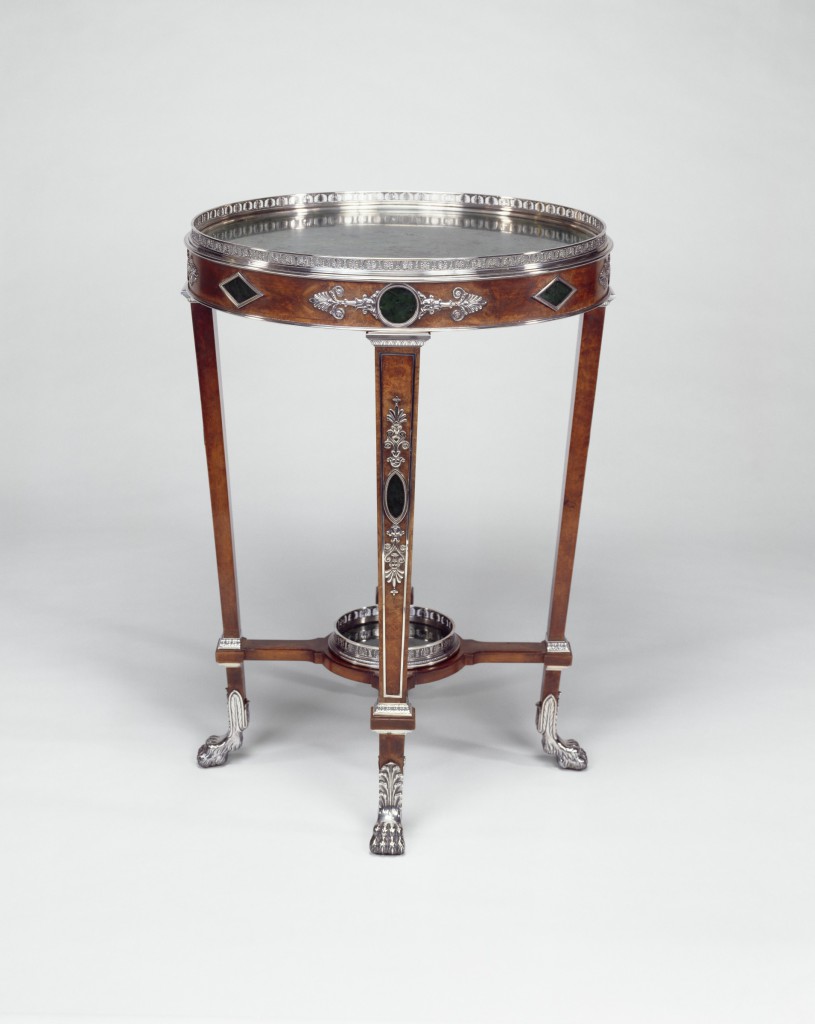
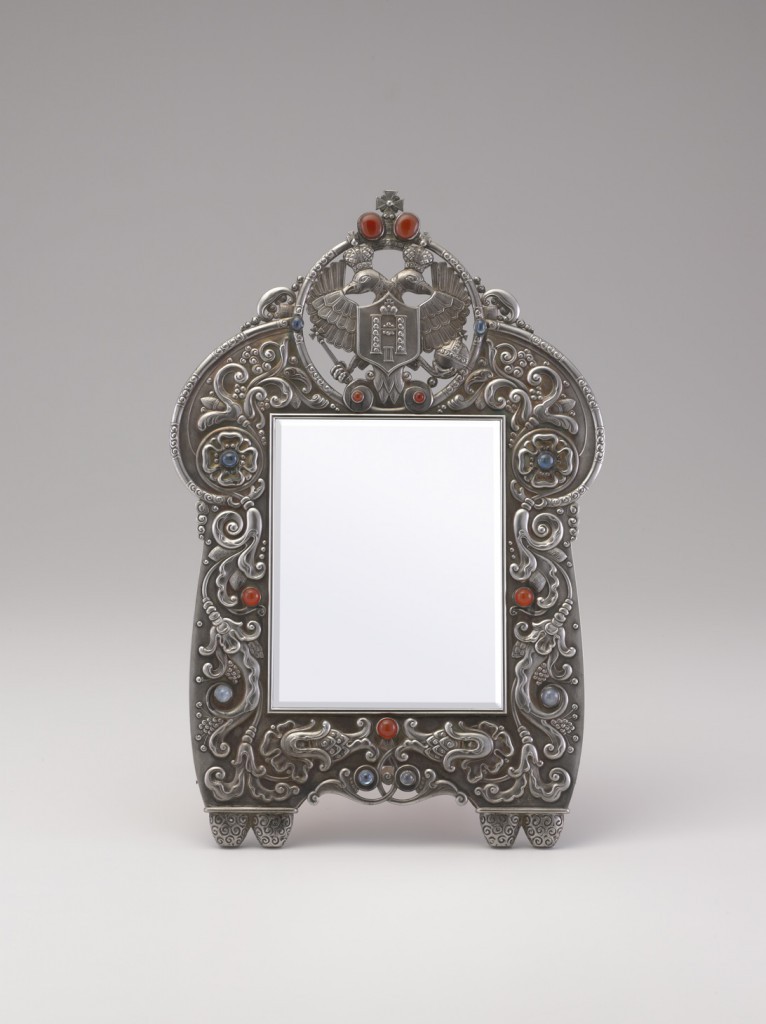

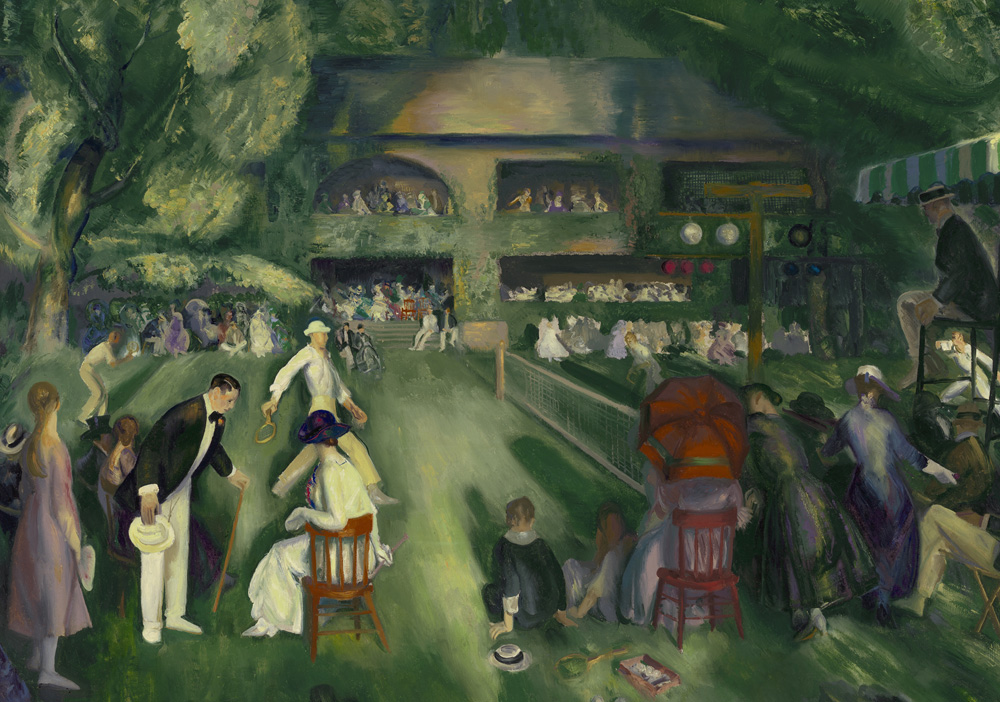
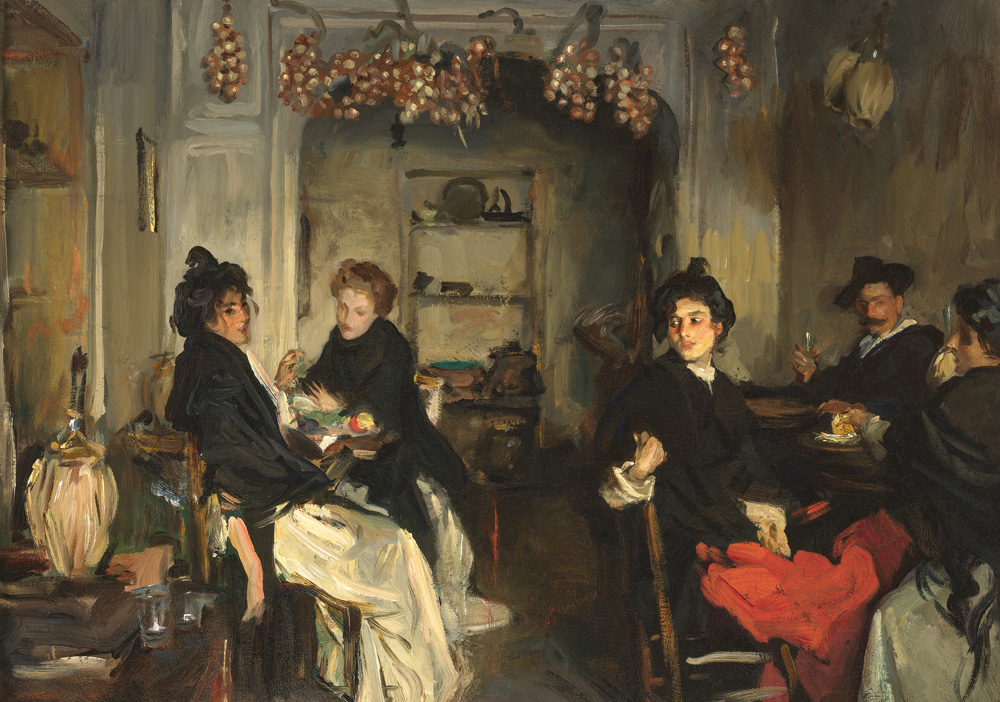
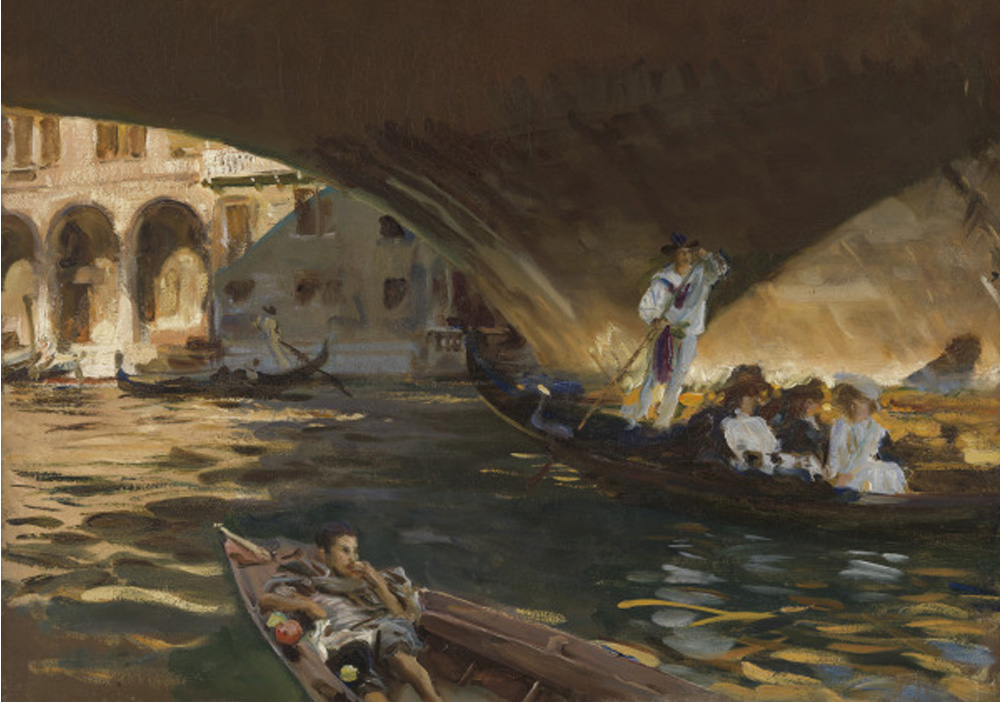
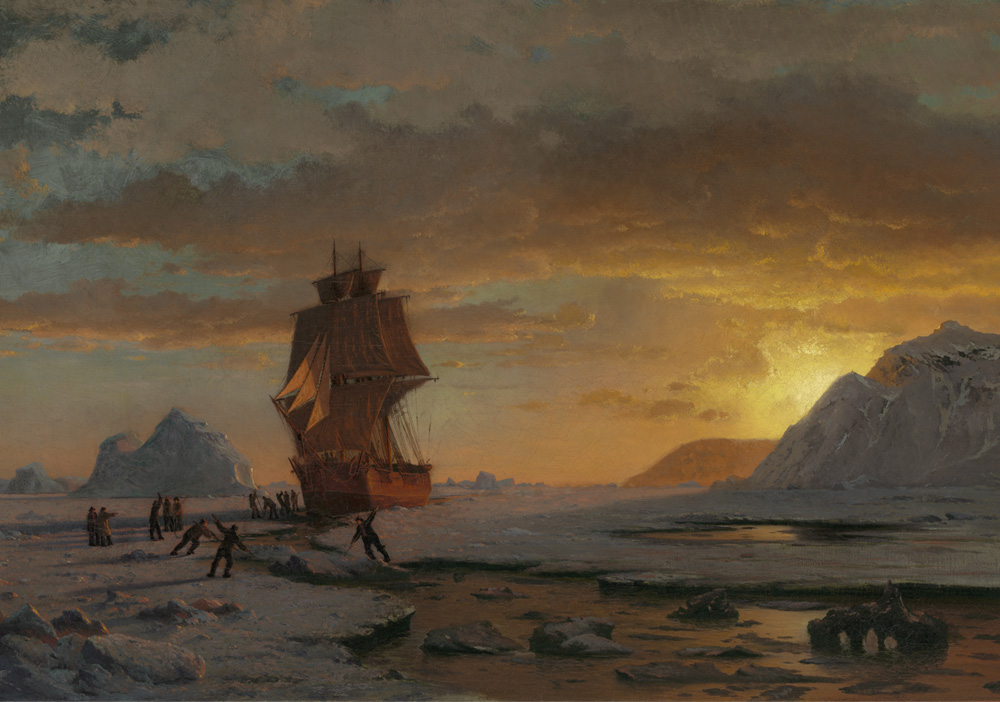
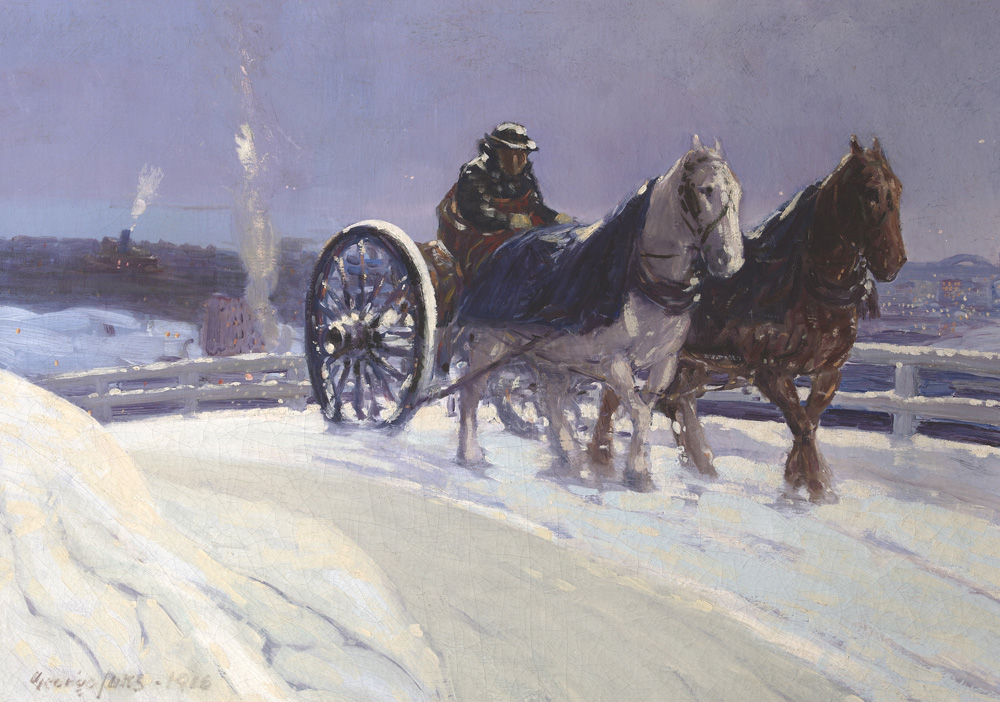
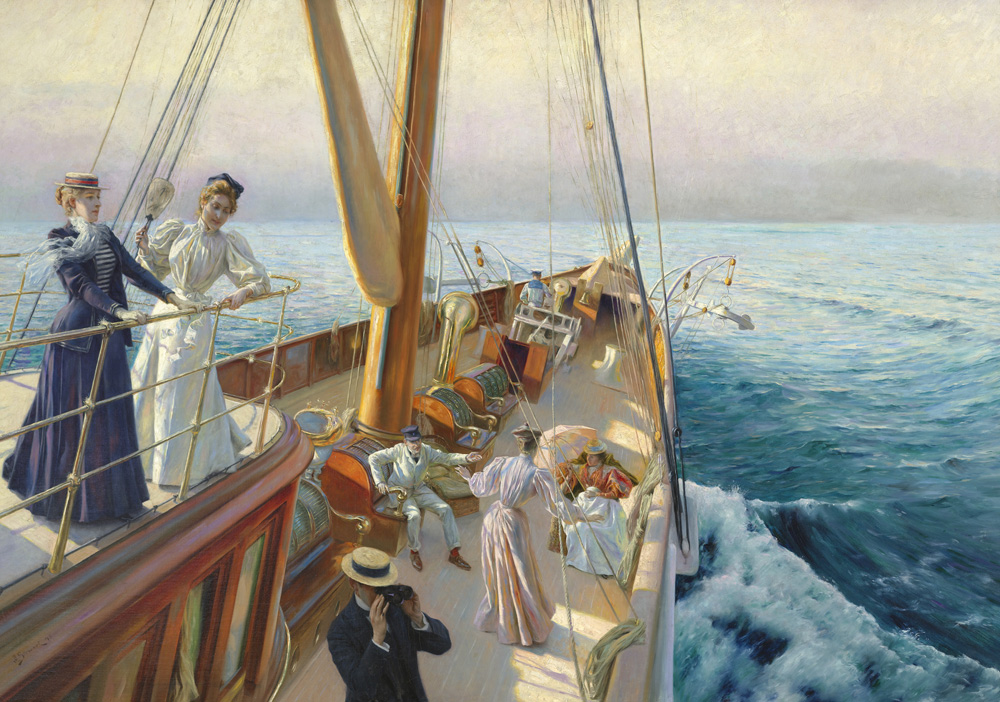
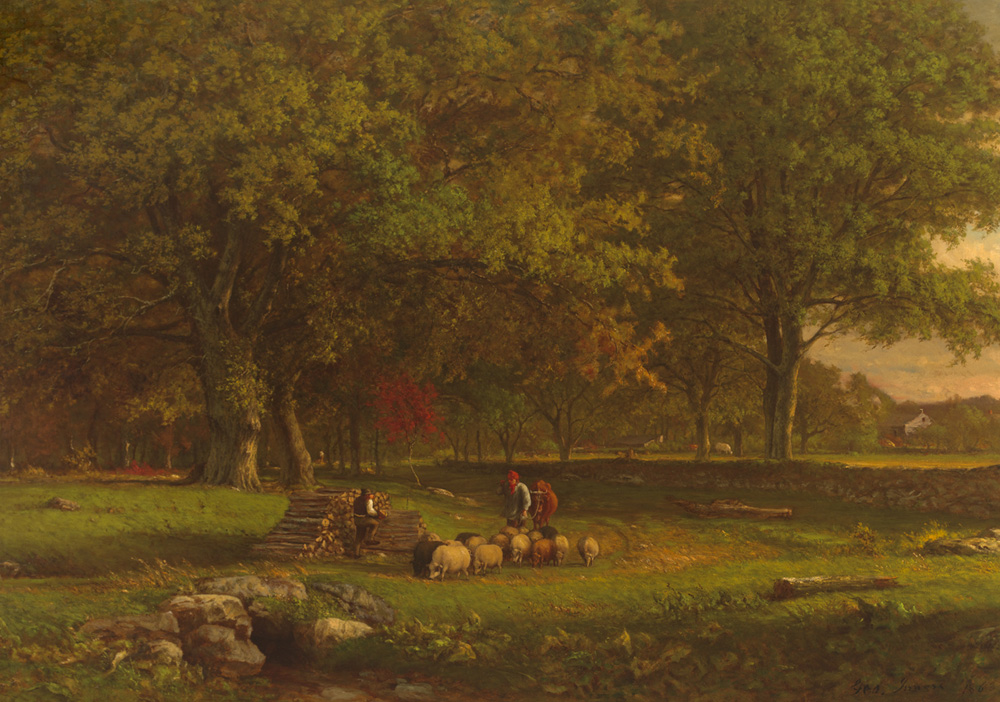
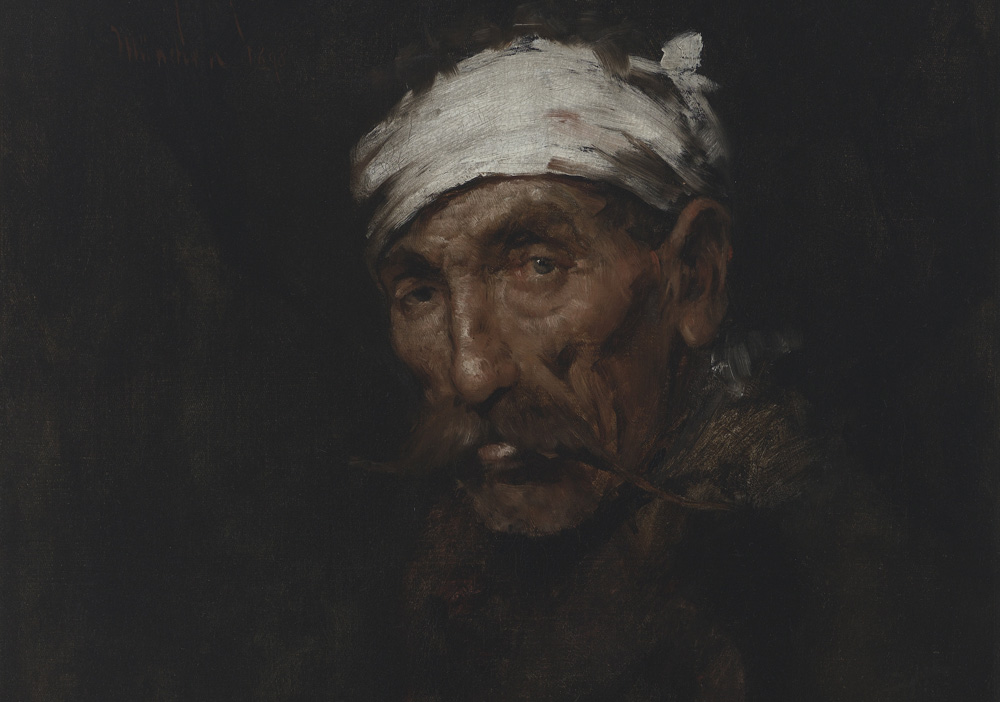
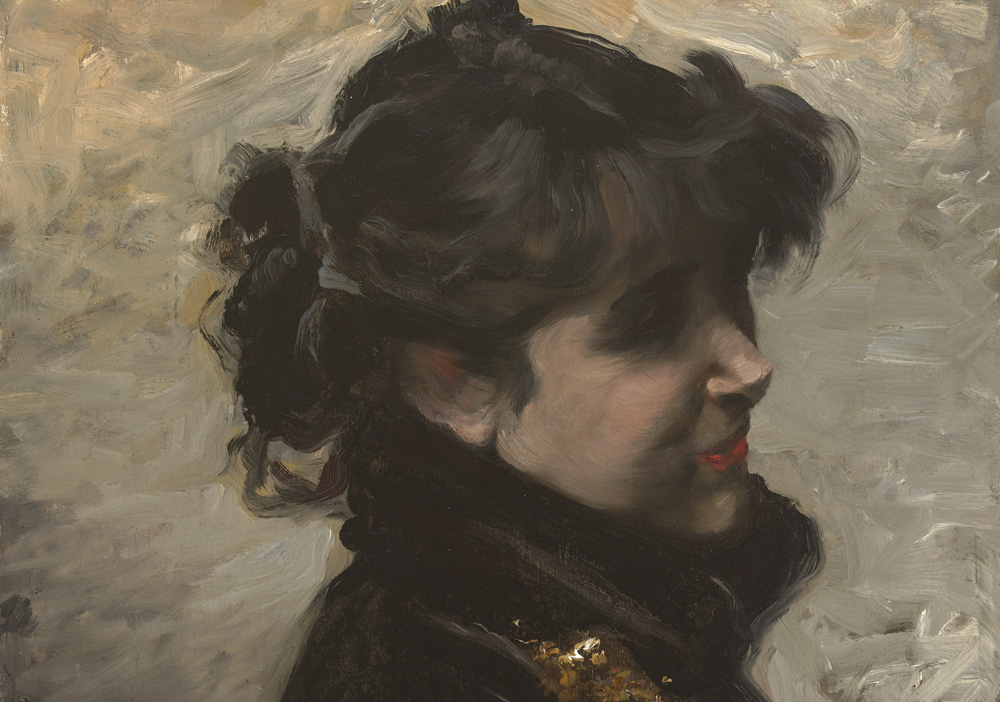
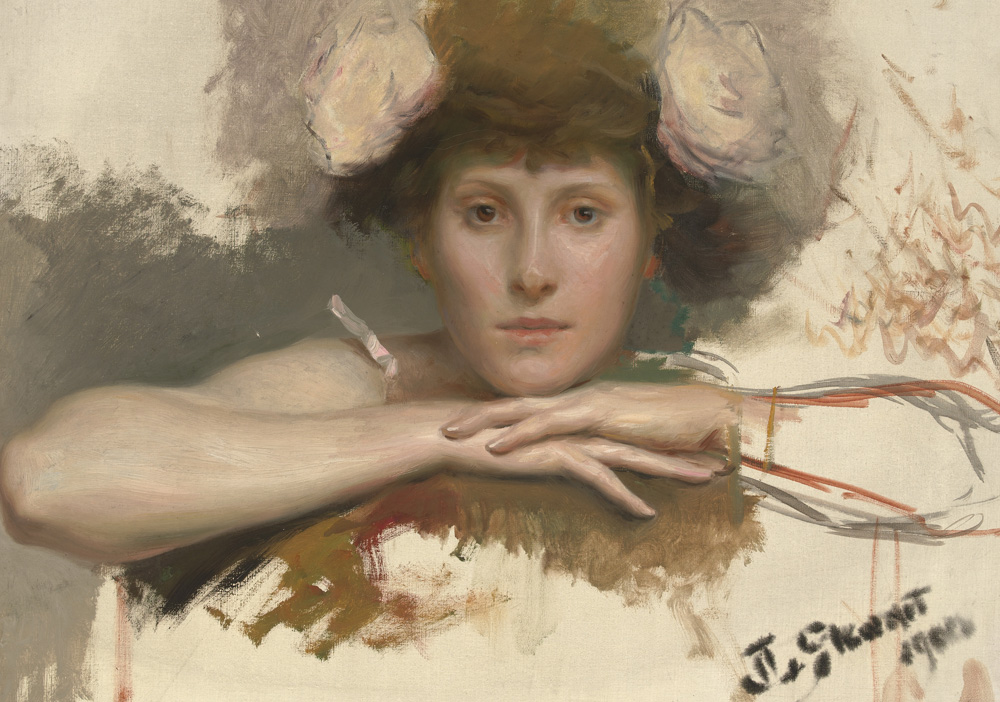
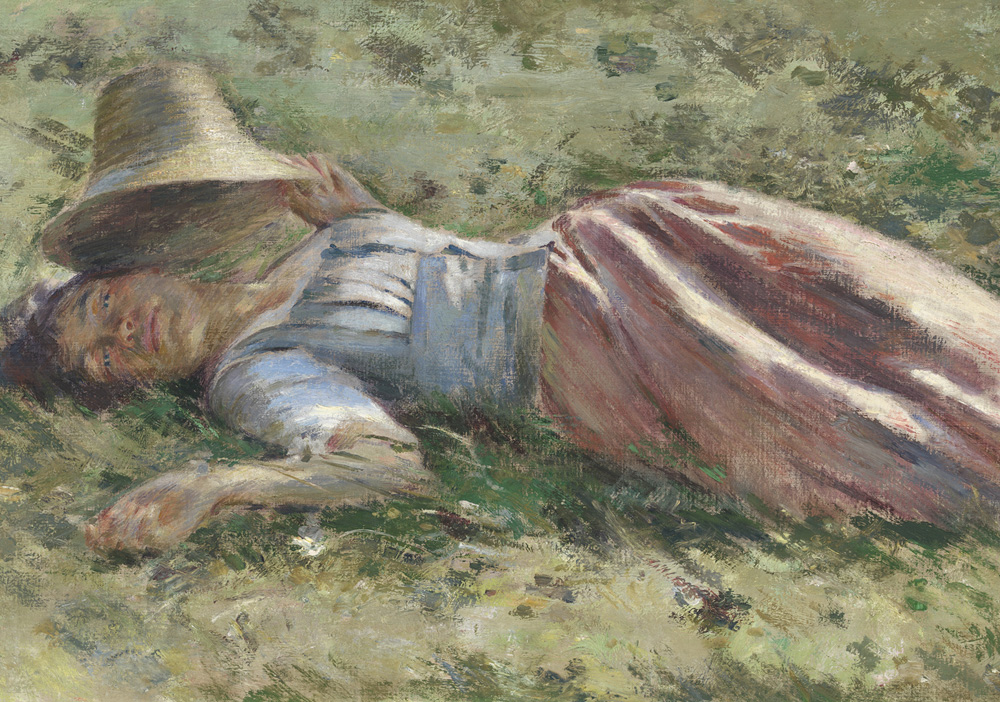
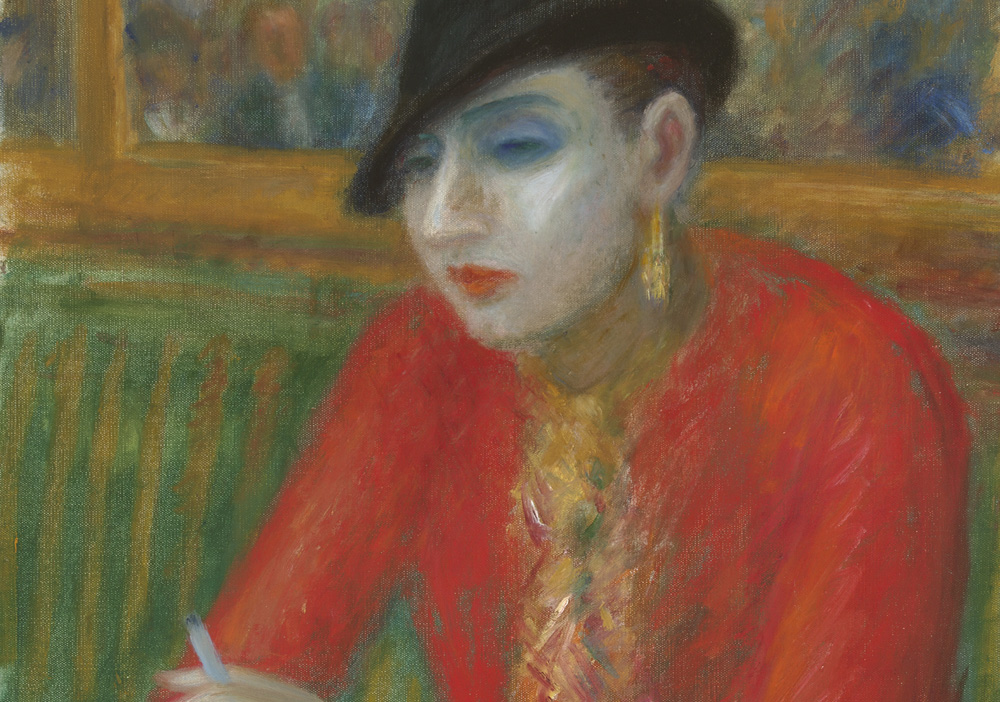
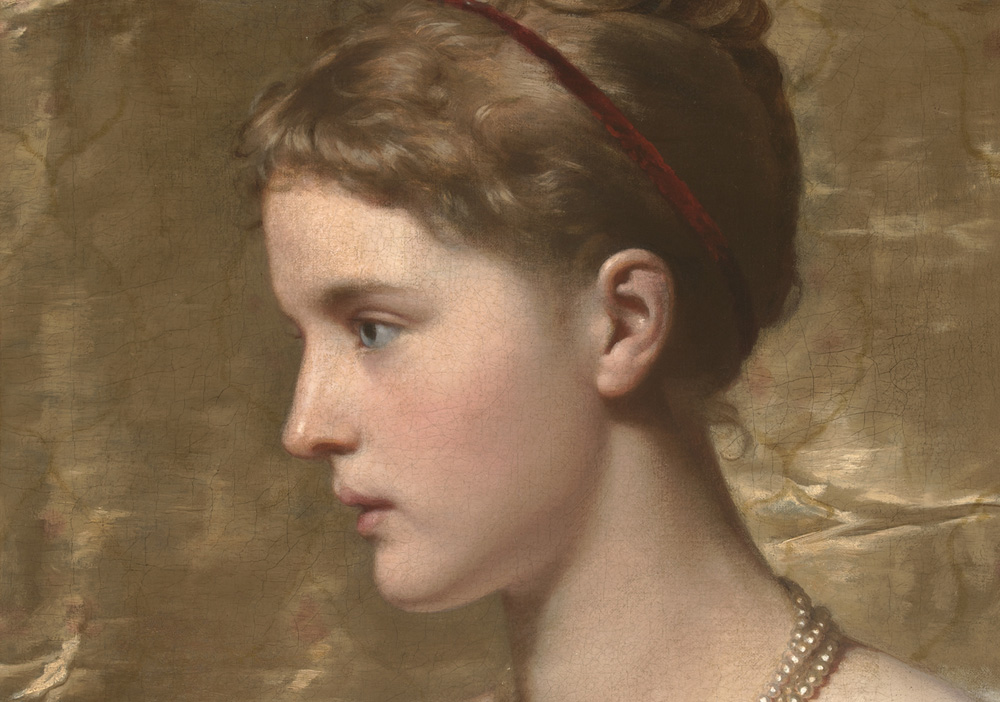
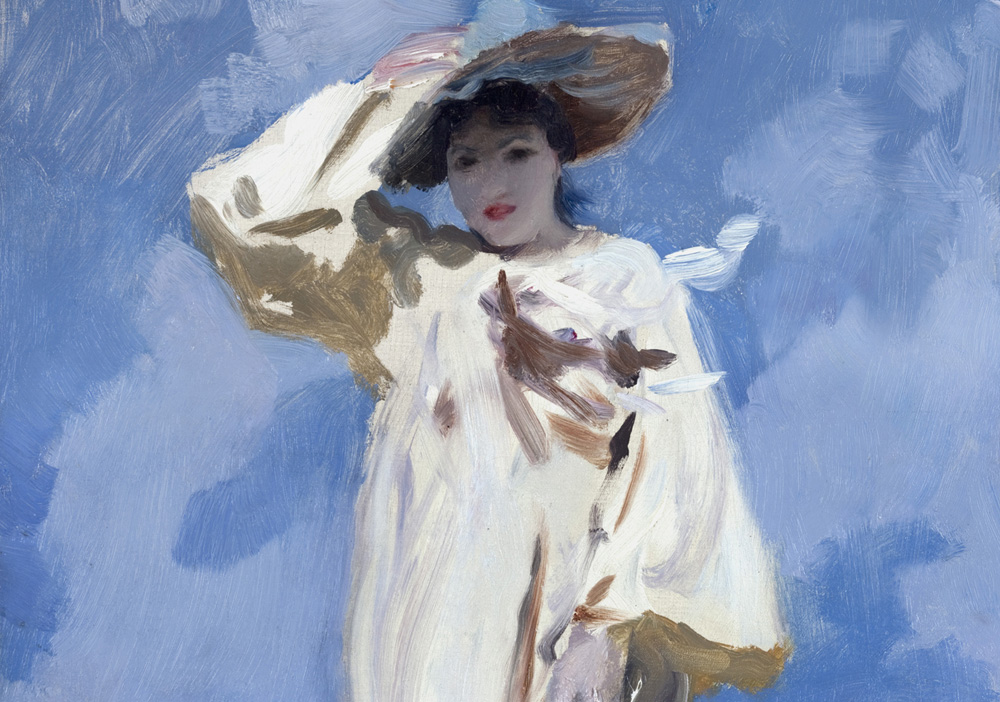
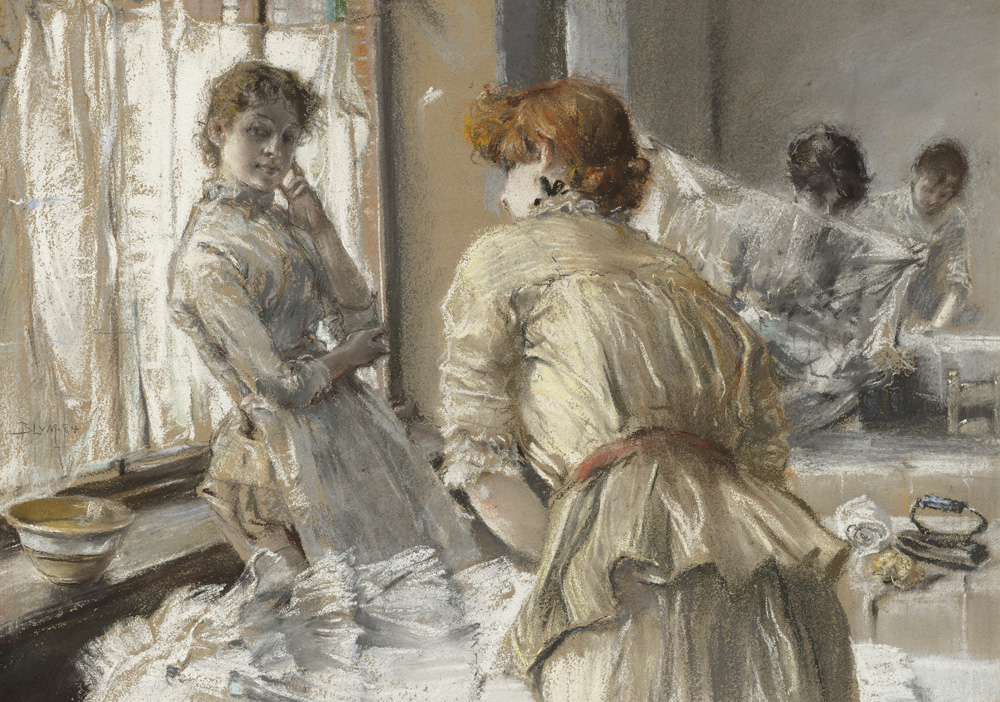
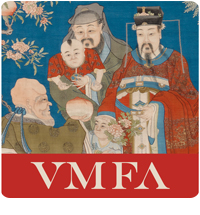
![Altria_CMYK-[Converted]](https://vmfa.museum/exhibitions/wp-content/uploads/sites/7/2014/10/Altria_CMYK-Converted-300x164.jpg) ____________________
____________________